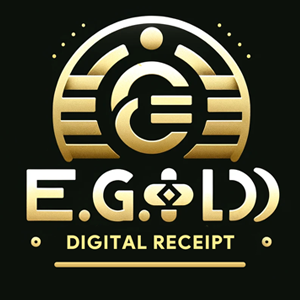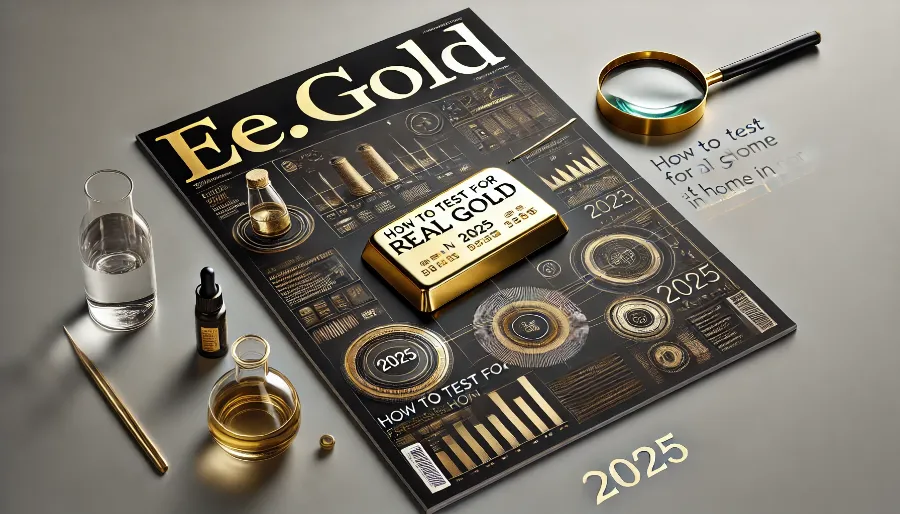
With gold prices reaching new heights in 2025, verifying the authenticity of your gold has become more important than ever. Whether you’ve purchased gold jewelry, coins, or bars, knowing how to test for real gold at home can save you from falling victim to counterfeits.
Fortunately, there are simple and effective ways to check if your gold is real, using everyday tools and materials. In this guide, we’ll walk you through the most reliable at-home methods to test gold, as well as tips for ensuring accuracy.
Why Test Gold at Home?
Gold is one of the most counterfeited precious metals due to its high value. Fake gold is often made from base metals like copper, brass, or tungsten and may be plated to look like pure gold. Testing your gold at home provides:
- Peace of Mind: Ensures that your gold is genuine before making a significant investment or resale.
- Cost Savings: Avoids the need for professional testing services unless necessary.
- Convenience: Lets you verify authenticity quickly and easily without special equipment.
Simple Methods to Test Gold at Home
Here are the most common DIY methods to test for real gold:
1. The Magnet Test
How it works: Gold is a non-magnetic metal. If your gold item is attracted to a magnet, it is likely fake or contains other metals.
What you need:
- A strong magnet (e.g., a neodymium magnet)
Steps:
- Hold the magnet close to your gold item.
- Observe whether the item is attracted to the magnet.
Results:
- Real Gold: No reaction to the magnet.
- Fake Gold: The item is attracted to the magnet.
Note: This test may not detect gold-plated items or alloys containing non-magnetic metals.
2. The Float Test
How it works: Gold is denser than most base metals and should sink in water.
What you need:
- A glass of water
Steps:
- Fill a glass or bowl with water.
- Drop your gold item into the water.
Results:
- Real Gold: Sinks immediately to the bottom without floating.
- Fake Gold: Floats or partially sinks.
Note: Remove any non-gold components (e.g., clasps or stones) before testing.
3. The Vinegar Test
How it works: Vinegar’s acetic acid reacts with base metals but does not affect real gold.
What you need:
- White vinegar
- A small container
Steps:
- Place your gold item in a small container.
- Pour enough vinegar to submerge the item.
- Let it sit for 5–10 minutes.
Results:
- Real Gold: No color changes or reactions.
- Fake Gold: Tarnishes, changes color, or bubbles.
4. The Scratch Test
How it works: Real gold is softer than most metals and leaves a streak on ceramic or unglazed porcelain.
What you need:
- An unglazed ceramic plate or tile
Steps:
- Gently drag your gold item across the ceramic surface.
- Observe the streak left behind.
Results:
- Real Gold: Leaves a gold-colored streak.
- Fake Gold: Leaves a black, gray, or green streak.
Caution: Be careful not to damage your gold item, especially if it is plated.
5. The Skin Test
How it works: Gold does not react with human skin, while fake gold may leave discoloration due to its metallic composition.
What you need:
- Your bare skin
Steps:
- Hold the gold item in your hand for a few minutes or rub it against your skin.
- Check for any discoloration.
Results:
- Real Gold: No discoloration on your skin.
- Fake Gold: Leaves a green or black mark, especially if it contains copper or nickel.
6. The Weight and Size Test
How it works: Gold is denser than most metals, so its weight and dimensions should match industry standards.
What you need:
- A digital scale
- A ruler or caliper
Steps:
- Weigh your gold item and measure its size.
- Compare the results to a chart or reference for standard gold weights and dimensions.
Results:
- Real Gold: Matches the expected weight and size for its purity and design.
- Fake Gold: Significantly lighter or larger than expected.
Advanced Methods for Accurate Gold Testing
If DIY methods are inconclusive, consider these advanced options:
- Nitric Acid Test: Apply a drop of nitric acid to a small scratch on the item. Real gold does not react, while fake gold may fizz or change color.
- Electronic Gold Testers: Use portable devices to determine gold purity based on electrical conductivity.
- Professional Appraisal: Take your gold to a jeweler or gold dealer for an X-ray fluorescence (XRF) test or ultrasonic testing.
How to Ensure Accurate Testing Results
- Inspect for Hallmarks: Look for gold purity stamps, such as “24K,” “18K,” or “999,” engraved on the item.
- Test Multiple Points: For large items, test different areas to ensure consistency.
- Beware of Gold Plating: Plated items may pass some tests but fail others. Use advanced methods if necessary.
FAQs About Testing for Real Gold at Home
Can vinegar damage real gold?
No, vinegar does not harm real gold and is safe to use for testing.What if my gold item has stones or other components?
Test only the gold portion and remove non-gold elements if possible.Can fake gold pass some tests?
Yes, high-quality fakes may pass simple tests but fail advanced ones like nitric acid or XRF tests.What is the most reliable at-home test?
The combination of the magnet test, scratch test, and weight test provides reliable results.What does “gold-plated” mean?
Gold-plated items have a thin layer of gold over a base metal, making them less valuable than solid gold.How accurate is the magnet test?
It’s effective for detecting magnetic metals but cannot identify non-magnetic fakes.Can I test gold jewelry with gemstones?
Yes, but avoid exposing gemstones to vinegar or acids as they may be damaged.Do all real gold items have hallmarks?
Not necessarily. Some older or handmade pieces may lack hallmarks but still be genuine.What should I do if I’m unsure about the results?
Seek professional testing for a definitive assessment.Is gold testing at home safe?
Yes, most methods are safe when performed carefully. Avoid harsh chemicals unless you have experience handling them.
By learning how to test for real gold at home, you can confidently verify the authenticity of your gold and protect yourself from counterfeits. Whether you’re a collector, investor, or simply curious, these DIY methods provide an easy and effective way to ensure your gold’s value.
NOTE
This Content is the copyrighted content of EE.GOLD. All rights are reserved. You are welcome to share or use our content only by including direct links to our website. Any other form of reproduction, distribution, or use without proper attribution is strictly prohibited.
This Content is intended solely for educational purposes. The information provided does not constitute financial or investment advice.
Please note that Digital Storage Receipt, Secure Storage Solutions, and Physical Gold Sales are the only services offered by EE.GOLD.
We strictly adhere to government regulations and are firmly against all illegal financial or investment activities globally.
For further inquiries, feel free to contact us through our official channels.

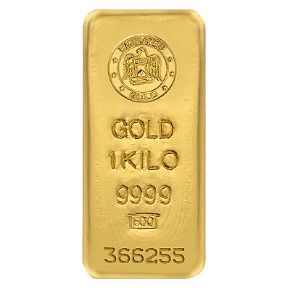
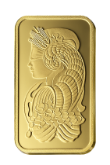





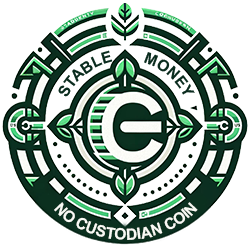

.png)

